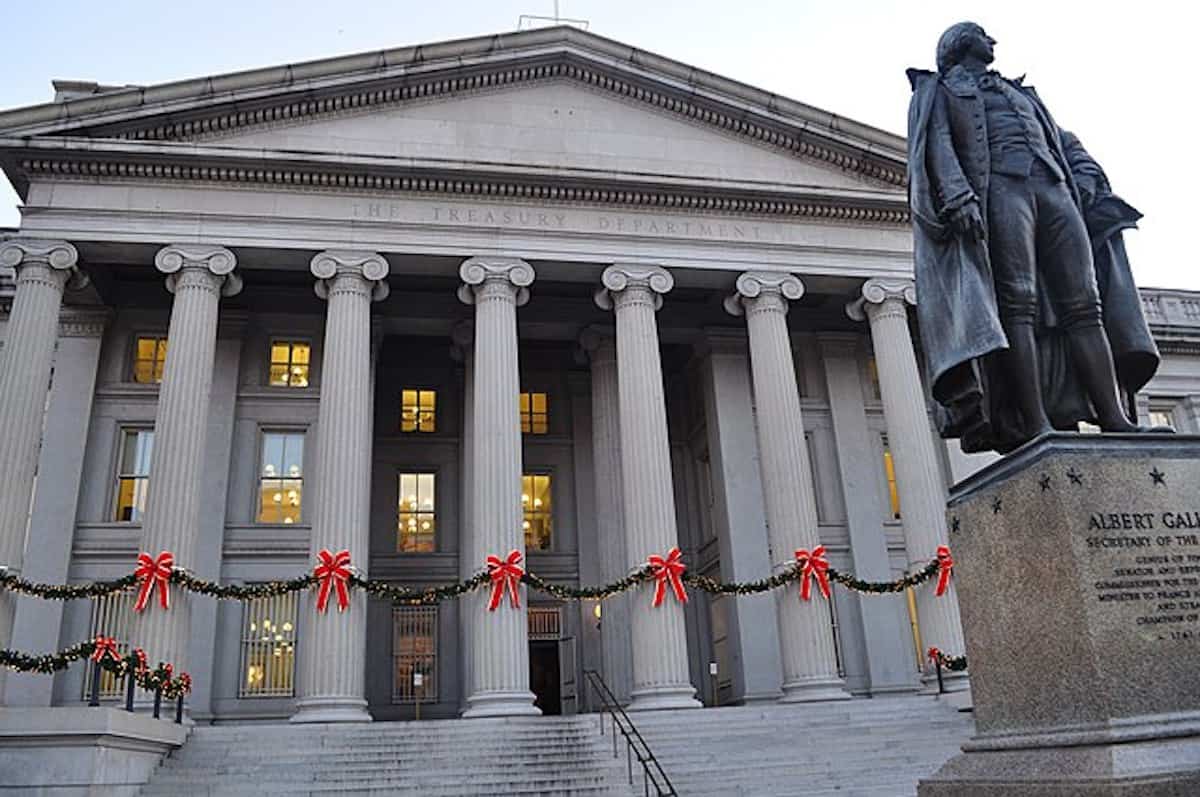In the U.S., tension has been brewing for some time over the regulation of stablecoins. Securities and Exchange Commission chair Gary Gensler has been arguing for regulatory authority over stablecoins, which he believes are securities, as well as more oversight over the entire crypto market.
Currently, the Commodity Futures Trading Commission oversees the crypto derivatives market as well as fraud in the underlying crypto spot market. But there is no federal regulator for the crypto spot market.
The “Report on Stablecoins” by the President’s Working Group on Financial Markets that was expected last week and released on Monday is set to change that for stablecoins, whose market capitalization has reached US$120 billion this year. “Current oversight is inconsistent and fragmented, with some stablecoins effectively falling outside the regulatory perimeter,” Treasury Secretary Janet L. Yellen said in a press release.
At present, stablecoins enable trading of other cryptocurrencies but they could have a wider use case as a means of payment in the future. However, the absence of proper regulation poses risks to users and the economy, she added. These risks include the potential for destabilizing runs, disruptions in the payment system and concentration of economic power, the press release noted.
Keeping this in mind, the Biden administration report has recommended Congress bring in legislation to ensure that stablecoins are subject to a “consistent and comprehensive” federal framework. According to the report, “stablecoins, or certain parts of stablecoin arrangements, may be securities, commodities and/or derivatives,” indicating that both the SEC and CFTC may have jurisdiction over stablecoins, according to their usage.
The report urges Congress to subject stablecoin issuers to the same level of regulatory scrutiny and legal obligations as banks. To reduce the risk of stablecoin runs, the report recommended legislation that requires stablecoin issuers to be “insured depository institutions” — all other entities will be barred from issuing stablecoins. Stablecoin runs are similar to bank runs when customers start pulling money out of fear that the bank, in this case the stablecoin, might become defunct but find that the stablecoin issuer does not have enough funds to return investor money.
Stablecoin runs can hypothetically occur because they are not 100% backed by cash — most stablecoins are only partly backed by cash while the rest is backed by commercial paper, which refers to unsecured short-term loans. Tether, issuer of the world’s largest stablecoin, has fallen into trouble multiple times for falsely claiming that its stablecoin is completely backed by cash.
To address the concerns around the stability of stablecoins for payments, the report calls for custodial wallet providers to submit to federal oversight. Additionally, the report said all entities that perform activities critical to the functioning of the stablecoin are required to meet risk-management standards overseen by a federal watchdog.
To mitigate systemic risk and concentration of economic power, the “legislation should require stablecoin issuers to comply with activity restrictions that limit affiliation with commercial entities,” the report said. The federal regulator should also have authority to set the standards that promote interoperability among stablecoins. Moreover, Congress should lay down standards for custodial wallet providers such as limits on their affiliation with commercial companies, and their use of customer transaction data.
While Congress mulls legislation, regulatory bodies including the SEC and CFTC would ensure in their own capacity and existing jurisdiction that stablecoins comply with existing laws and legal obligations, the report said. It added that the Financial Stability Oversight Council should consider steps to address the risks highlighted in the report until the Congress introduces new laws.
Furthermore, to prevent stablecoins from being used for funding illicit activities, the Treasury will continue efforts at the Financial Action Task Force to encourage countries to implement international anti-money laundering standards. Just last week, the FATF released an updated guidance on virtual assets and virtual assets service providers to guide how countries implement their crypto regulations. The FATF report said that stablecoins are virtual assets and, therefore, should be regulated for anti-money laundering and terrorism financing risks.
While the scope of the president’s working group report was limited to stablecoins, it continues to collaborate with industry regulators to determine regulation of the entire digital asset market.
The group’s report comes after Yellen began sounding the alarm and asking for a regulatory framework for stablecoins in July. In his statement on the report, Gensler said: “While Congress and the public evaluate this report, we at the SEC and our sibling agency, the Commodity Futures Trading Commission, will deploy the full protections of the federal securities laws and the Commodity Exchange Act to these products and arrangements, where applicable.”
Matthew Gould, co-founder and CEO of Unstoppable Domains, a blockchain domain name provider that supports stablecoins and other digital assets, told Forkast.News: “This is exactly the type of regulation we as an industry were expecting. Anyone claiming to be a U.S. dollar-backed token needs to have a U.S. dollar in the bank, and not just any bank, a U.S. regulated bank.”
“The devil is in the details, but this proposal on the surface is reasonable and is likely to bring a whole new class of companies into the stablecoin space — banks. The U.S. has decided to lean into crypto and it looks like they want to clear the way for U.S. banks to grow in this space,” he added.





